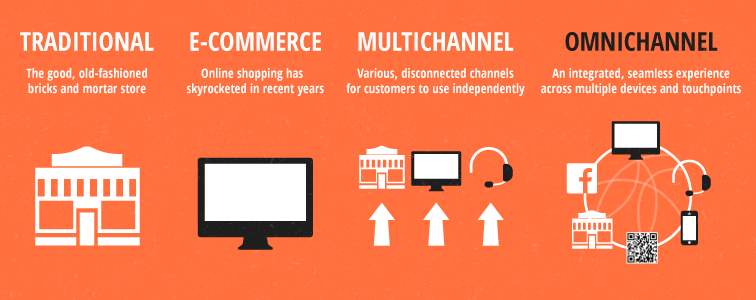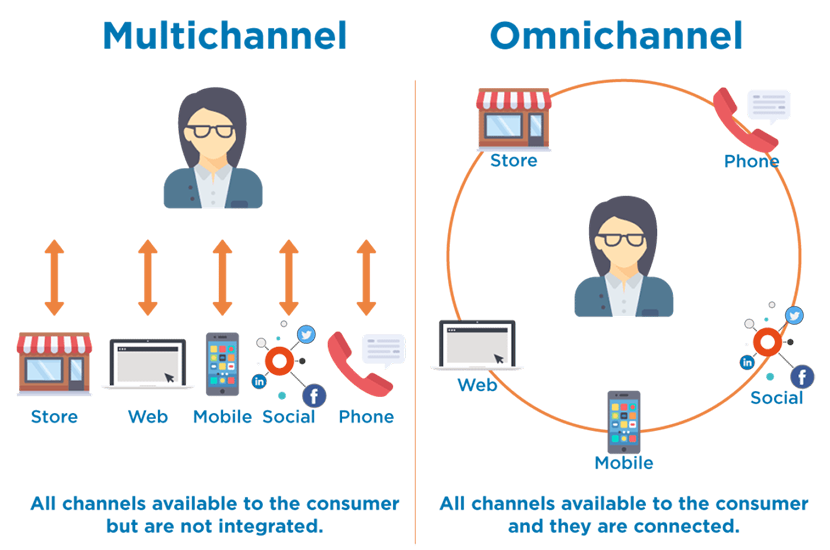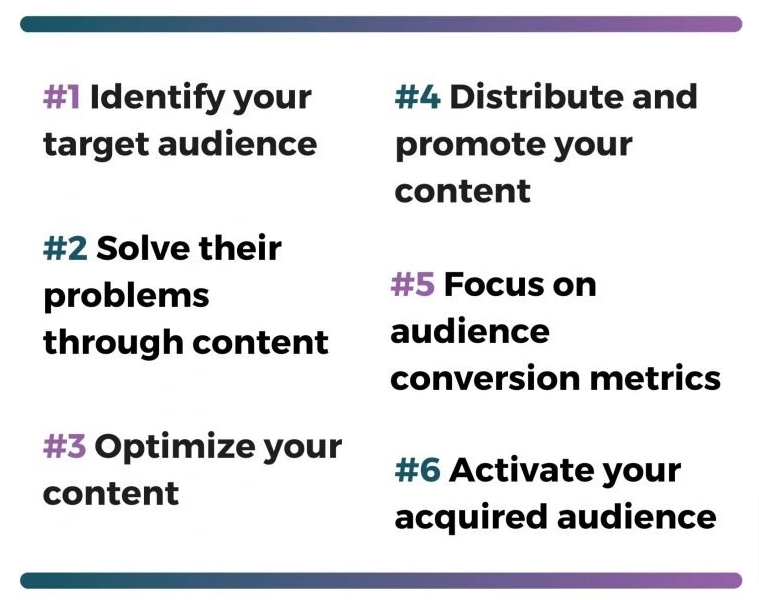With how much the world is getting more digitalized, a growing necessity for data privacy and security is prudent.
In this post, we’ll aim to shed light on the impact of these changes, the importance of data privacy and security, and why businesses should consider diversifying their marketing strategies to navigate the shifting landscape effectively.
The Influence of Apple’s Privacy Measures
Recent developments, such as Apple’s implementation of privacy measures and Google’s decision to follow suit, have had far-reaching implications for ad platforms like Facebook, Instagram and Snapchat.
Apple’s introduction of a pop-up notification asking users if they wish to be tracked has had significant consequences for ad companies:

By enabling users to opt out of tracking, it directly affects Facebook’s ability to deliver tailored ads. This move by Apple, which emphasizes user privacy, has caused Facebook to lose a substantial amount of revenue, estimated at around $10 billion.
To take it further, Google is now taking a cue from Apple and offering users the choice to block apps from monitoring their online activities.
Dive Deeper: How Apple’s iOS 14 Release May Affect Your Ads (& What to Do About It)
The Implications for Ad Platforms
As a result of Apple and Google’s decisions, which possess extensive first-party data, major ad platforms like Facebook, Twitter, and Snapchat face substantial challenges and increased competition. The possession of first-party data provides a distinct competitive advantage, enabling companies like Apple and Google to deliver more personalized and targeted ad experiences.
Although Safari and Firefox browsers are also phasing out third-party cookies, Google Chrome’s third-party cookies account for two-thirds of the market share. Here is a timeline of the third-party cookie phase out:

In contrast, ad platforms that are heavily reliant on third-party data sources may struggle to deliver the same level of precision and effectiveness in their advertising campaigns.
They face the risk of losing access to valuable user data due to privacy regulations, user opt-outs, and changing industry dynamics. Consequently, the long-term success and viability of these ad platforms hinges on their ability to adapt and gain access to reliable first-party data:

For businesses with substantial traffic and the capability to gather first-party data, the opportunity to develop their ad platforms becomes more feasible. This direct access to user information allows for better understanding and targeting of customer preferences, resulting in improved campaign performance and return on investment.
Dive Deeper: Google Privacy Sandbox: What Does It Mean for the Future of Targeted Ads?
Diversification and the Omnichannel Approach
Transitioning to an omnichannel marketing approach may just be the perfect remedy for advertisers that, up until this point, relied heavily on social media ads and data from similar sources:

Placing excessive reliance on platforms such as Facebook or Snapchat exposes them to substantial risks, given the ever-evolving landscape shaped by frequent changes and emerging privacy regulations.
To safeguard their revenue streams, companies must proactively explore alternative marketing channels and cultivate a presence across a diverse range of platforms.
Implementing an omnichannel strategy involves leveraging multiple channels and touchpoints to create a seamless and cohesive customer experience:

Here are some examples of how businesses can execute an omnichannel strategy to diversify their marketing:
- Online Presence and E-commerce: Establishing a robust online presence through a responsive website, a user-friendly mobile app, or an e-commerce platform allows customers to browse and make purchases across various devices. Integration with social media platforms and online marketplaces further expands reach and enables a consistent shopping experience.
- Social Media Engagement: Connecting with customers on well-known social media platforms like Facebook, Instagram, Twitter, LinkedIn or YouTube plays a crucial role in increasing brand visibility and directing traffic to other channels.
- Email Marketing: Building and nurturing an email subscriber list enables businesses to deliver personalized and targeted messaging directly to customers’ inboxes. Email campaigns can be used to share promotions, new product updates, personalized recommendations, or exclusive offers, integrating with other channels and driving traffic to relevant landing pages.
- In-Store Experience: For brick-and-mortar businesses, integrating technology like in-store tablets or mobile apps can enhance the customer experience. The sort of complementary approach may include options like in-store pickup for online orders or personalized recommendations based on purchase history that seamlessly connects online and offline transactions.
- Mobile Messaging and SMS: Leveraging mobile messaging platforms and SMS marketing allows businesses to reach customers directly on their smartphones. Sending transactional alerts, order updates, personalized promotions, or providing customer support through chatbots or live chat functions enhances customer engagement and fosters a consistent omnichannel experience.
- Customer Service and Support: Offering consistent and seamless customer support across multiple channels, including phone, email, live chat, and social media, ensures that customers can access assistance through their preferred channel. Implementing a robust customer relationship management (CRM) system helps consolidate customer interactions across different touch points, enabling a holistic view of customer interactions.
- Offline Advertising and Print Media: Although digital channels dominate the landscape, integrating offline advertising and print media with digital touch points can reinforce brand presence. Using QR codes in print ads, billboards, or direct mail campaigns that direct customers to online landing pages or promotions effectively bridges the gap between offline and online experiences.
These are just a few examples of how businesses can execute an omnichannel strategy. The key is to create consistency and personalized experiences across various channels, ensuring seamless transitions and interactions for customers throughout their journey with the brand.
Moreover, adopting an omnichannel approach reinforces resilience and adaptability in the face of industry-wide changes. Relying solely on a single platform can leave you susceptible to sudden shifts in algorithms due to policy updates or user behavior.
Audience Building and Community Development
Businesses must recognize the importance of cultivating their own audiences to navigate the challenges presented by shifting ad platforms successfully. Relying solely on third-party platforms exposes companies to the risk of being at the mercy of sudden algorithmic changes or policy updates, which can have detrimental effects on their reach and revenue.
Building an audience that is dedicated and engaged creates a strong foundation that goes beyond the limitations of any single platform:

Nurturing a community around your brand allows you to develop a sense of belonging and shared purpose among your audience. This sense of community fosters engagement and is a pathway toward your audience contributing user-generated content.
When businesses actively participate in community development, they gain valuable insights into their customers’ preferences and needs. This helps them refine their marketing strategies and improve their product offerings to better cater to their customers’ expectations.
Moreover, by reducing reliance on platform-specific changes, businesses become less vulnerable to the uncertainties that accompany the ever-evolving digital landscape. Instead of being solely dependent on external platforms, they can leverage their established audience and community to maintain a consistent flow of engagement and conversions.
Last Thoughts on How Data Privacy and Security Impacts Ad Platforms
The evolution of data privacy and security measures has disrupted the status quo of ad platforms, posing challenges to businesses that rely heavily on these platforms for advertising.
The implementation of privacy measures by Apple and Google underscores the importance of data protection and user privacy in the digital age. To mitigate risks and ensure long-term success, businesses should adopt a varied approach and focus on diversifying their marketing efforts. In a nutshell, they shouldn’t be lumping all of their eggs in one basket.
Remember, data privacy and security should remain a top priority for any business operating in the digital realm. By keeping tabs on regulation updates and best practices, you can stay ahead of the curve and establish a trustworthy and secure environment for your customers.
If you need help with your ads, Single Grain’s paid advertising experts can help!👇
Repurposed from our Marketing School podcast.



